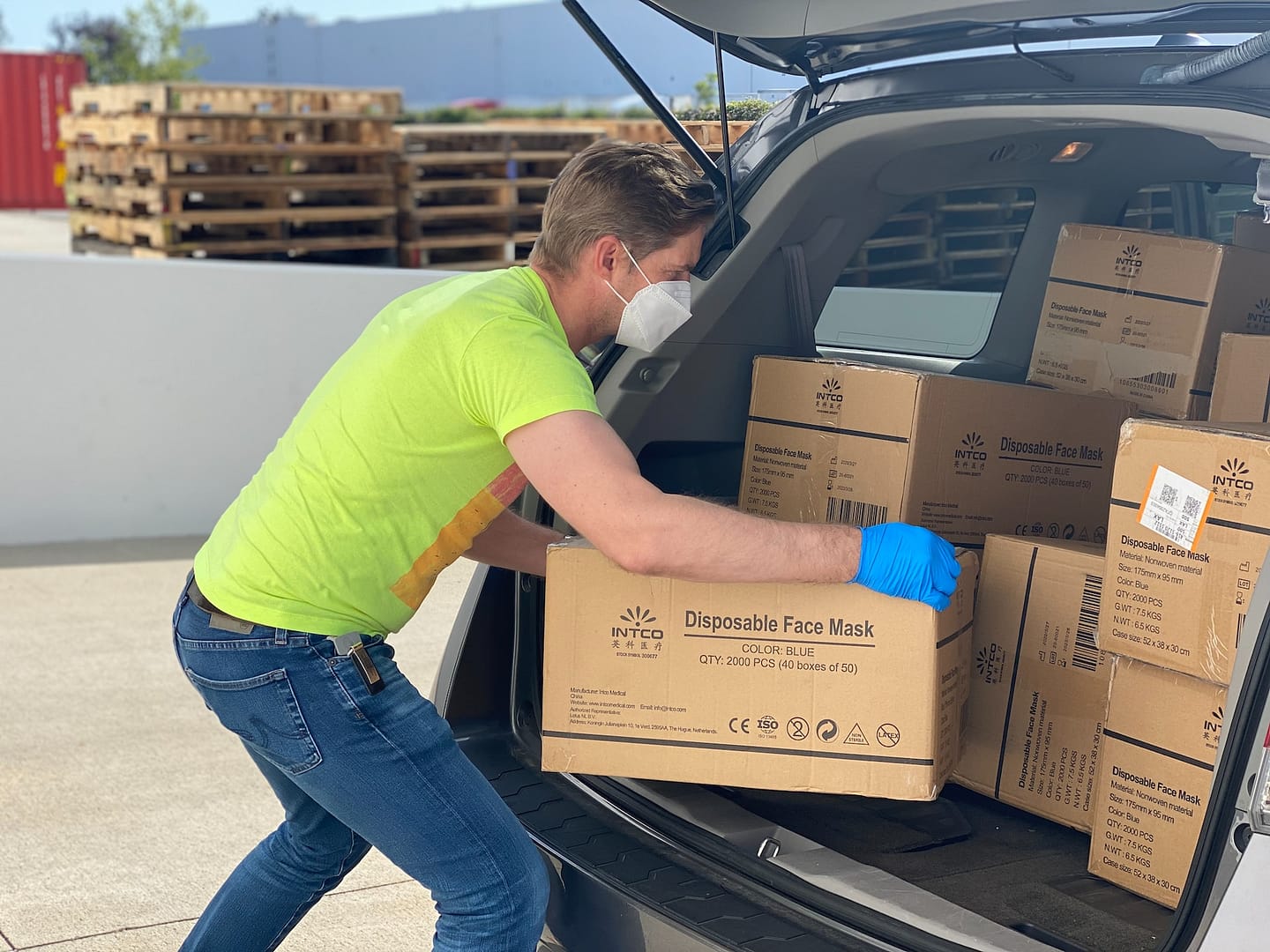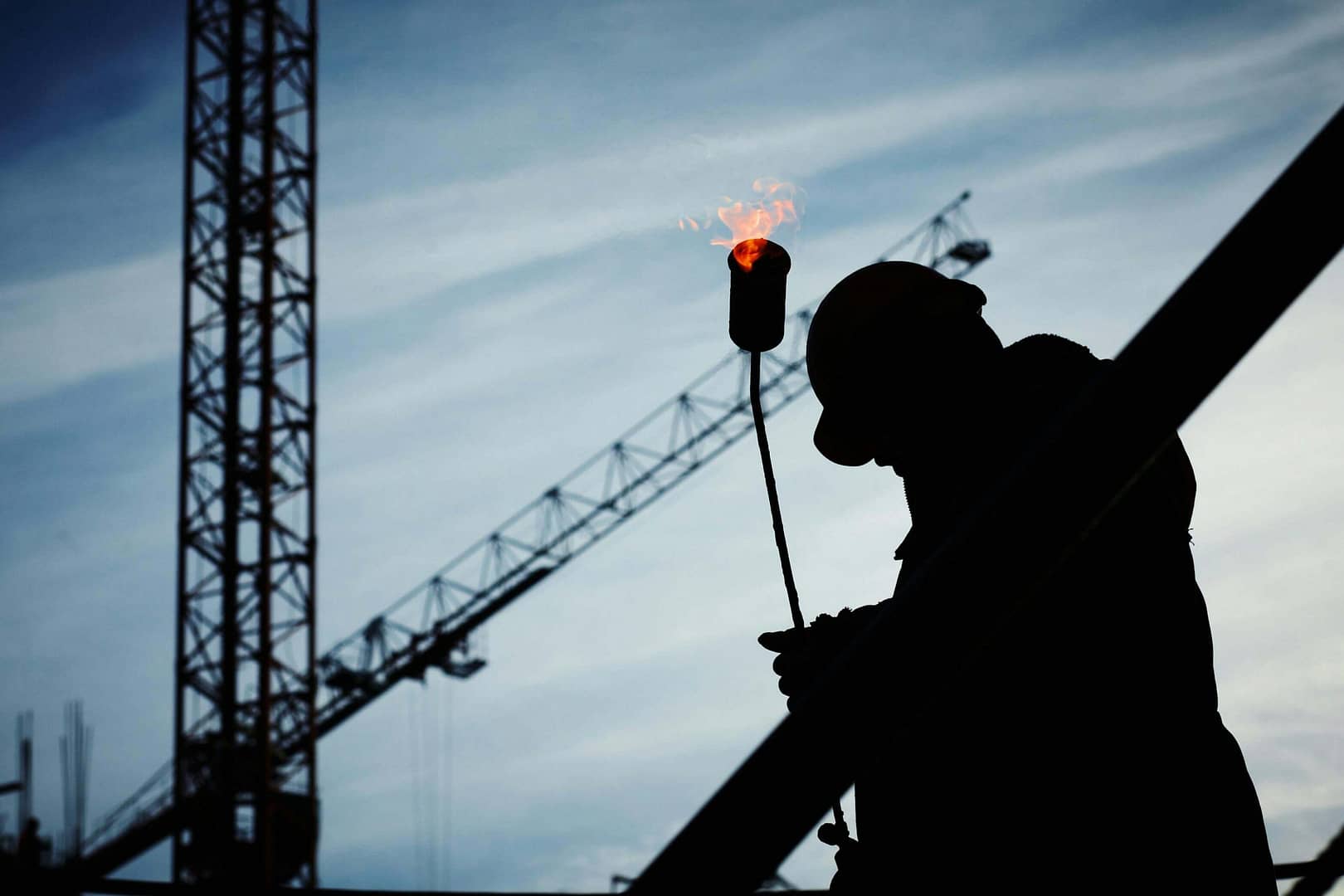In any workplace, employees often engage in manual lifting tasks as part of their daily responsibilities. While lifting heavy objects may seem like a routine activity, it can lead to various injuries at work if not performed correctly. In this article, we will explore the topic of lifting injuries at work, focusing on the most common manual lifting injury and the lifting limits set by occupational health and safety regulations in the UK. We will also discuss preventive measures that can help mitigate the risk of these injuries.
The Most Common Manual Lifting Injury
When it comes to lifting injuries at work, one of the most frequently encountered issues is lower back pain. The lower back is particularly vulnerable during manual lifting tasks, as it bears the brunt of the strain and stress placed on the body. Poor lifting techniques, excessive loads, and repetitive movements can all contribute to lower back pain.
Imagine a scenario where John, a warehouse worker, is tasked with moving heavy boxes from one end of the warehouse to another. To save time, John disregards proper lifting techniques and attempts to lift a heavy box by bending his back instead of his knees. As a result, he experiences a sudden jolt of pain in his lower back. Unfortunately, this scenario is all too common, highlighting the importance of understanding proper lifting techniques.
Lifting Limits for Occupational Health and Safety in the UK
To protect employees from lifting injuries, occupational health and safety regulations set specific lifting limits. In the UK, these limits are determined based on the Manual Handling Operations Regulations. According to these regulations, the maximum weight that an individual can safely lift without assistance is generally set at 25 kilograms (or approximately 55 pounds). However, it is crucial to note that this weight limit can vary depending on various factors, such as the individual’s physical capabilities and the nature of the lifting task.
Let’s consider an example to better understand the implications of lifting limits. Sarah works in a manufacturing plant where she frequently lifts heavy machinery components. One day, Sarah attempts to lift a particularly heavy component that exceeds the recommended weight limit. As a result, she strains her back and sustains a lifting injury. This situation could have been avoided if the weight limit had been adhered to and appropriate lifting aids were utilized.
Preventive Measures: Mitigating the Risk of Lifting Injuries
To reduce the occurrence of lifting injuries at work, it is essential for both employers and employees to prioritize safety and implement preventive measures. Here are some key steps that can be taken:
Training and Education
Employers should provide comprehensive training to employees on proper lifting techniques, emphasizing the importance of using the legs instead of the back when lifting heavy objects. Employees should be educated about the risks associated with improper lifting and the potential long-term consequences of lifting injuries.
Ergonomic Considerations
Employers can enhance workplace ergonomics by providing equipment and tools that minimize the need for manual lifting. This may include using trolleys, forklifts, or other mechanical aids to transport heavy items. Reducing the need for manual lifting tasks can significantly decrease the risk of injuries.
Job Rotation and Breaks
Repetitive lifting tasks can put excessive strain on the body. Employers should consider implementing job rotation schedules, allowing employees to alternate between tasks that require lifting and those that do not. Additionally, regular breaks should be encouraged to give employees time to rest and recover between lifting activities.
Workplace Assessment
Conducting regular workplace assessments can help identify potential hazards and risks associated with lifting tasks. This assessment should involve evaluating the weight of objects being lifted, the frequency of lifting tasks, and the overall ergonomic conditions of the workplace. Based on these findings, appropriate measures can be implemented to improve safety.
By implementing these preventive measures, employers can create a safer work environment and minimize the occurrence of lifting injuries.
Making an Accident at Work Claim
In unfortunate cases where an employee sustains a lifting injury at work, it is important to be aware of the possibility of making an accident at work claim. Such claims can help the injured party seek compensation for their injuries, medical expenses, loss of earnings, and other related damages. However, it is crucial to consult with a legal professional who specializes in personal injury law to assess the viability of the claim and guide you through the process.
When making an accident at work claim for a lifting injury, certain key factors need to be established. These include demonstrating that the injury occurred due to negligence or a breach of duty by the employer, providing evidence of the injury and its impact, and proving that the injury resulted in financial losses or reduced quality of life. It is important to gather any relevant documentation, such as medical records, witness statements, and accident reports, to support the claim.
Seeking legal guidance early on can help ensure that all necessary steps are taken, and the claim is handled appropriately. We at National Claims can guide you through the complexities of the claims process and help you obtain the compensation you deserve.

Conclusion
Lifting injuries at work are a common occupational hazard that can result in significant physical and financial consequences. Lower back pain is among the most prevalent type of injury associated with manual lifting tasks. To mitigate the risk of such injuries, it is crucial for both employers and employees to prioritize safety and implement preventive measures.
Understanding the lifting limits set by occupational health and safety regulations in the UK is essential to ensure that lifting tasks are performed within safe parameters. Proper training and education on lifting techniques, ergonomic considerations, job rotation, and breaks can significantly reduce the risk of lifting injuries. Additionally, conducting regular workplace assessments allows for the identification and mitigation of potential hazards.
In unfortunate cases where a lifting injury occurs, seeking legal guidance and making an accident at work claim can help the injured party receive compensation for their damages. Consulting with National Claims is crucial to navigate the claims process effectively.
By prioritizing safety, following proper lifting protocols, and taking proactive measures, employers and employees can create a safer work environment. Ultimately, reducing the incidence of lifting injuries at work not only protects the well-being of employees but also contributes to increased productivity and a more positive work culture.
Contact us now to learn more about National Claims as well as to start your injury at work claim.
Click below to see why we are one of the most trusted claims management companies in the UK.

We’re proud of our excellent customer reviews
We thrive on delivering exceptional service and ensuring our clients’ satisfaction. Don’t just take our word for it. Check out some of our independent reviews to see what our clients have to say.
Excellent

This firm is excellent, they sorted out my car pay out and injury claim very fast, they always communicate with you all the time.

My accident case was dealt with confidence and with great result of the outcome, especially James kept me informed all the time.

I was very impressed at the way my inquiry was treated. I was listened to attentively and everything I needed to know was explained to me.






